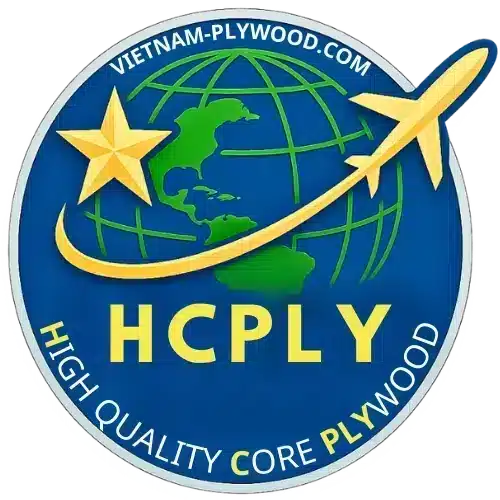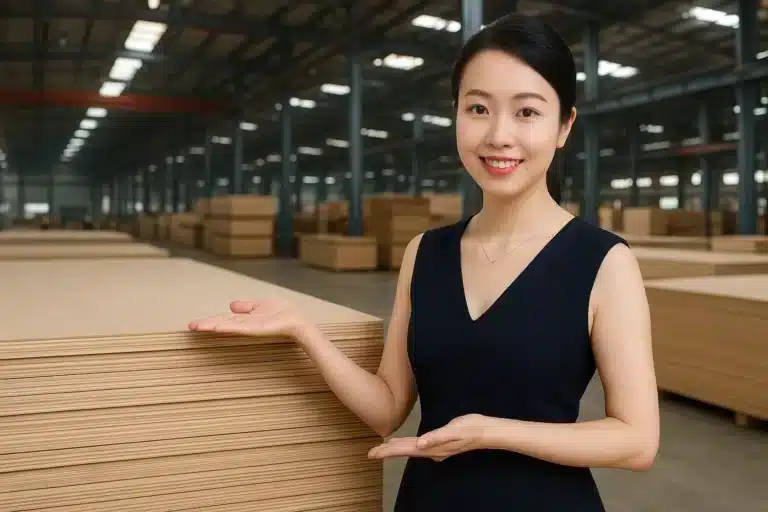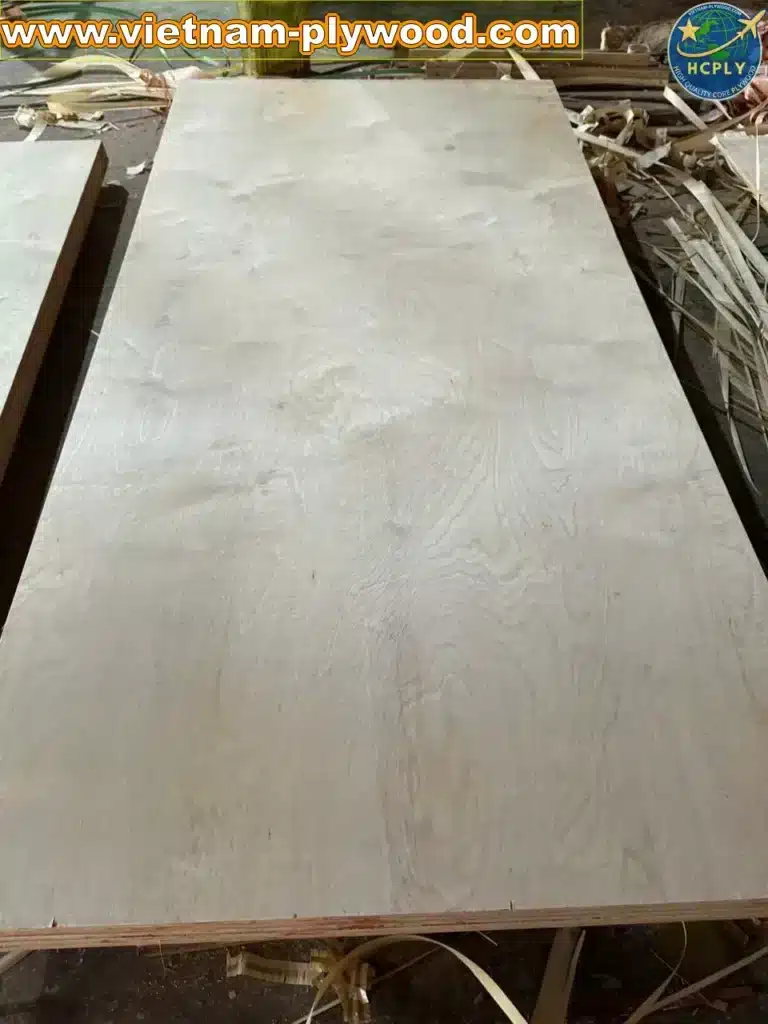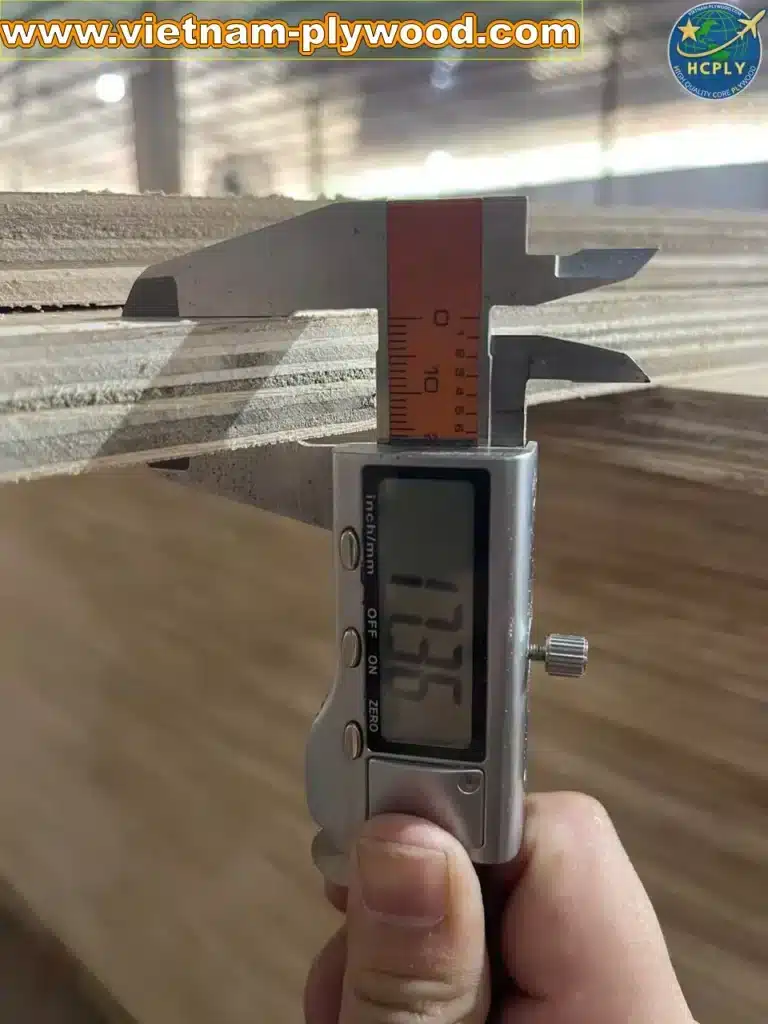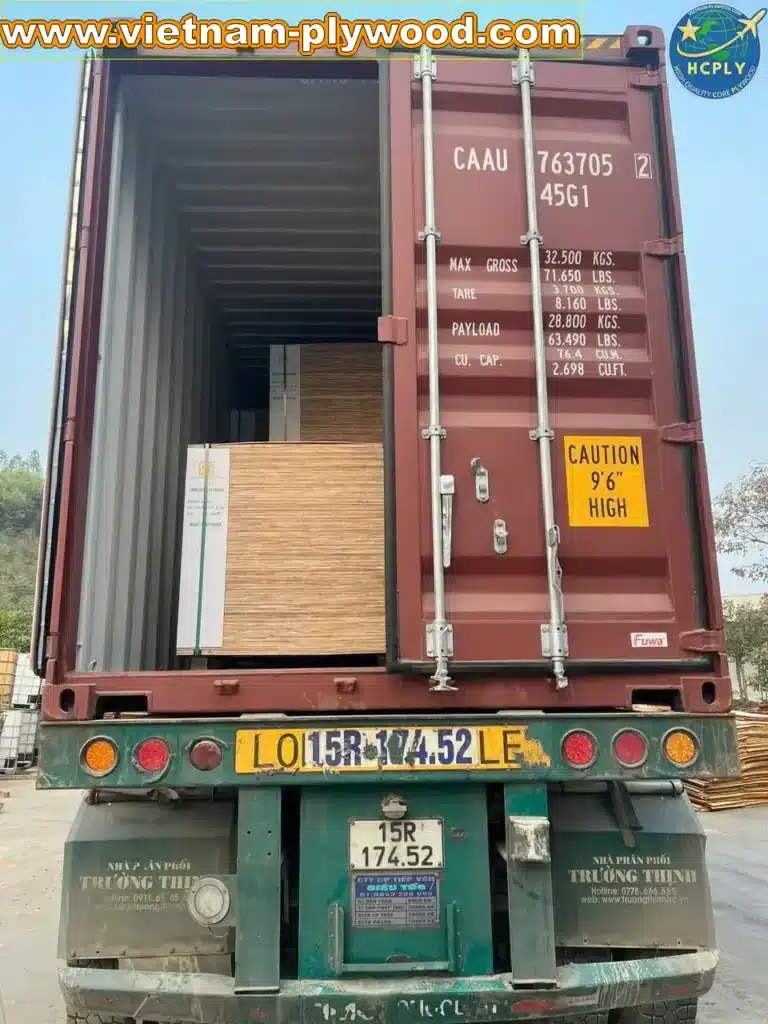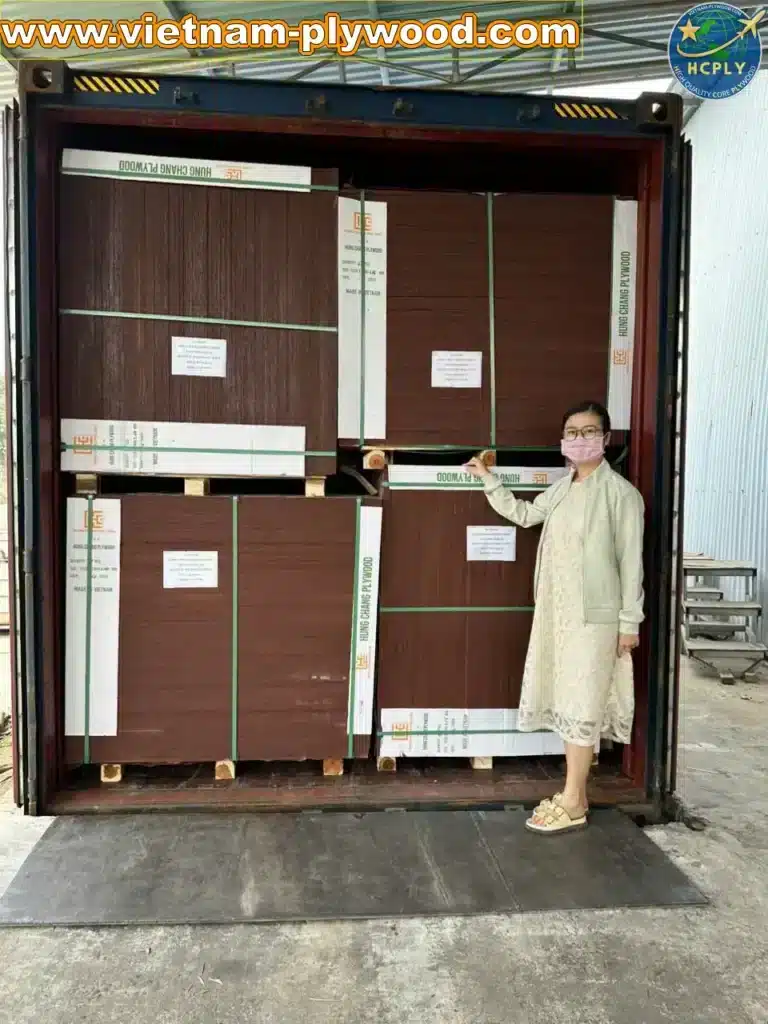Vietnam Plywood vs Malaysia Plywood – Export Market Insights
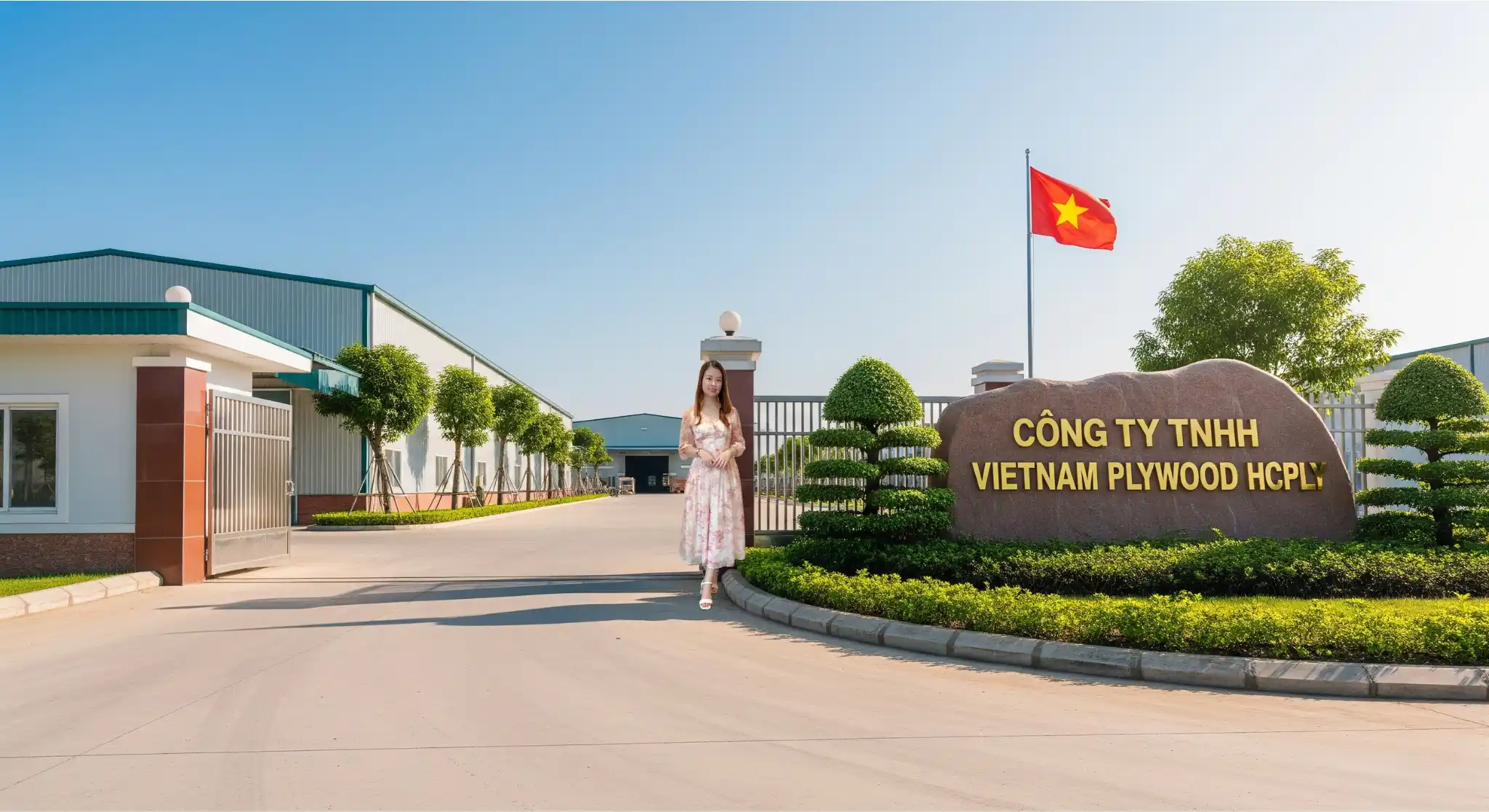

🌏 Vietnam Plywood vs Malaysia Plywood – Comprehensive Export Market Analysis
Hi, Lucy here from HCPLY!
Choosing between Vietnam Plywood Export and Malaysia Plywood Export is a critical decision for importers worldwide. Both countries are major plywood producers, but they serve different segments of the market based on price competitiveness, quality consistency, certifications, and supply chain capacity. Let’s explore this in detail so you can make a fully informed buying decision.
1️⃣ Price Comparison – Vietnam’s Competitive Advantage in 2025
One of the biggest factors in the Vietnam vs Malaysia plywood debate is cost. Vietnam plywood is often $50–$100/m³ cheaper for equivalent grades.
This advantage comes from:
- Local raw materials: Vietnam’s abundant acacia, eucalyptus, and styrax forests reduce reliance on expensive imports.
- Lower manufacturing costs: Skilled yet affordable labor keeps production overhead low.
- Efficient logistics: Proximity to key Asian shipping lanes means faster and cheaper freight.
Average FOB Prices (2025):
- Vietnam Plywood Export: $250–$350/m³ depending on veneer, core, and glue type.
- Malaysia Plywood Export: $350–$450/m³, reflecting higher material costs and certification processes.
For bulk buyers in India, Middle East, and Southeast Asia, Vietnam’s price advantage can significantly impact total project cost, especially when ordering hundreds of cubic meters.
2️⃣ Quality Standards – Consistency vs Certification Strength
Vietnam Plywood Export:
- Known for consistent thickness and size tolerances.
- Wide range of face veneers: okoume, bintangor, birch, poplar, and tropical hardwoods.
- Flexible adhesive systems: MR for interiors, WBP for moisture resistance, phenolic for heavy-duty needs.
- Core construction tailored for different markets — from packing plywood to high-grade furniture boards.
Malaysia Plywood Export:
- Specializes in high-end, fully certified plywood.
- Commonly uses hardwood cores like meranti and keruing, valued for strength and durability.
- Leading presence in FSC and PEFC certified production, appealing to eco-conscious and regulated markets.
- Known for marine-grade plywood meeting BS1088 standards, ideal for boat building and offshore projects.
3️⃣ Supply Chain & Production Capacity
Vietnam:
- Export-oriented industry with large factories capable of producing thousands of cubic meters monthly.
- Quick lead times — many orders can be completed within 2–4 weeks.
- Flexibility in customization, allowing veneer, core, glue, and size modifications per client request.
Malaysia:
- Smaller production scale but highly specialized.
- Production cycles often longer due to stricter certification processes and quality checks.
- Better suited for niche, high-value orders where certification is mandatory.
4️⃣ Export Market Focus – Where Each Country Dominates
Vietnam Plywood Export:
- Strong in India, Middle East, Korea, and Europe.
- High demand for furniture-grade plywood, packing plywood, and cost-effective decorative panels.
- Flexible enough to serve both budget and mid-range markets.
Malaysia Plywood Export:
- Strong presence in Japan, Australia, and New Zealand.
- Specializes in marine plywood and other high-specification products.
- Appeals to markets with strict compliance requirements for sustainability and performance.
5️⃣ Application Performance – Side-by-Side Comparison
| ApplicationVietnam Plywood ExportMalaysia Plywood Export | ||
|---|---|---|
| Furniture Production | ✅ Cost-effective, versatile veneer choices | ✅ Premium finish, hardwood durability |
| Marine & Outdoor Use | ⚠ Requires WBP or phenolic upgrade | ✅ Specializes in marine-grade standards |
| Packing & Crating | ✅ Best value for bulk shipping crates | ⚠ Higher cost for same use |
| Certified Projects | ⚠ Limited coverage for FSC/PEFC | ✅ Widely certified for global compliance |
| Large-Scale Projects | ✅ Fast turnaround, large capacity | ⚠ Smaller output, longer lead times |
6️⃣ Price, Quality & Market Dynamics – 2025 Trends
- Rising freight costs in 2025 have narrowed the price gap slightly, but Vietnam retains a strong advantage for large orders.
- Malaysia plywood maintains its premium niche, especially in regulated markets like Japan’s building sector.
- Buyers increasingly diversify sourcing, using Vietnam plywood for general applications and Malaysia plywood for certified or marine projects.
7️⃣ Which Should You Choose?
- Choose Vietnam Plywood Export if you value lower costs, fast delivery, and broad veneer options.
- Choose Malaysia Plywood Export if your market demands marine-grade, hardwood cores, and full FSC/PEFC compliance.
8️⃣ FAQs – Vietnam vs Malaysia Plywood
Q1: Which is cheaper for high-volume orders?
Vietnam, by $50–$100/m³ for similar grades.
Q2: Which is better for marine construction?
Malaysia, with BS1088-certified marine plywood and hardwood cores.
Q3: Can HCPLY help source both?
We specialize in Vietnam plywood exports but can also connect you to certified Malaysian suppliers when your project requires it.
“At HCPLY, we match plywood sourcing to your exact needs — whether that’s Vietnam’s competitive pricing or Malaysia’s certified excellence. Our team ensures every order meets your market’s requirements for cost, quality, and compliance.”
